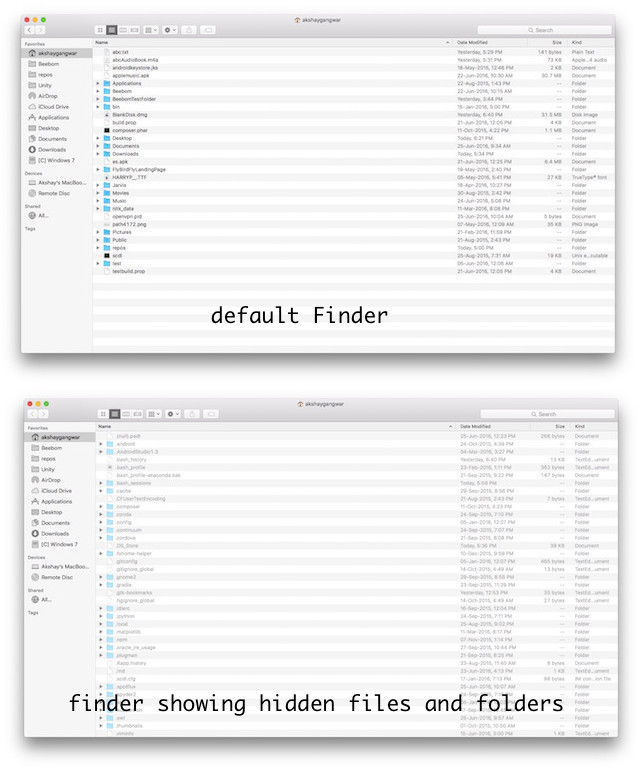
The new Galaxy A7 (2018), announced today, stands out as Samsung’s first smartphone with triple rear cameras. This move surprises, given such features were previously reserved for flagship models like Huawei’s P20 Pro or Oppo’s R17 Pro.
But is the Galaxy A7’s triple rear camera a mere marketing tactic to boost A-series sales? We can’t be certain. Wondering how it enhances imaging output? Let’s delve into the hardware and operation.
Primary Camera
The Galaxy A7 features a 24MP RGB sensor with an F/1.7 aperture, positioned centrally within the lens stack. Above it, there’s a 5MP depth sensor with an F/2.2 aperture, while below sits an 8MP wide-angle lens with an F/2.4 aperture and a 120-degree field of view. In contrast, Huawei’s P20 Pro includes a 40MP RGB sensor alongside an 8MP telephoto lens and a 20MP monochrome lens.
Regarding practical applications, the Galaxy A7’s 24MP RGB sensor serves as the primary camera and supports pixel-binning (combining four pixels into one) to enhance detail, especially in low-light conditions.
AI Scene Optimizer
The main camera incorporates the Scene Optimizer feature, initially introduced with the Galaxy Note 9. This feature employs AI algorithms to automatically identify scenes and adjust camera settings, including white balance, exposure, contrast, and brightness values, accordingly. Presently, it can recognize 19 scenes, encompassing food, landscapes, street views, night scenes, animals, and beaches, among others.

Scene Optimizer significantly enhances overall image quality, as evidenced by our review of its performance in the Note 9.
Secondary Camera
At the top of the stack is the 5MP (F/2.2) sensor, capturing depth information in the scene. Calculating object distances, it separates foreground and background, enhancing depth of field for bokeh shots. The SoC aids in depth calculation, while edge blur emphasizes object focus. Samsung may enable users to adjust blur intensity, as seen in its flagships.
Some argue monochrome sensors excel in depth sensing due to increased light capture. However, high-resolution secondary monochrome lenses are costly, typically found in high-end devices.
Ultra-Wide Camera
Finally, an 8MP (F/2.4) ultra-wide sensor with a 120-degree field of view mirrors the human eye’s regular FOV. Thus, the Galaxy A7’s 8MP ultra-wide lens promises to capture everything within your view.
The wide-angle lens is ideal for group shots or expansive scenery, ensuring the entire scene is captured. The f/2.4 lens is standard on upper mid-range devices with dual camera setups, perfect for wide-angle photography, and will suit Galaxy A7 users admirably.
With Samsung’s recent revelations, the Galaxy A7 boasts a potentially outstanding camera. However, comprehensive testing is needed, as official camera samples are yet to be released. Samsung is currently unveiling the specs only. Stay tuned for further updates on this exciting addition to the Samsung Galaxy A series.

Pritam Chopra is a seasoned IT professional and a passionate blogger hailing from the dynamic realm of technology. With an insatiable curiosity for all things tech-related, Pritam has dedicated himself to exploring and unraveling the intricacies of the digital world.



